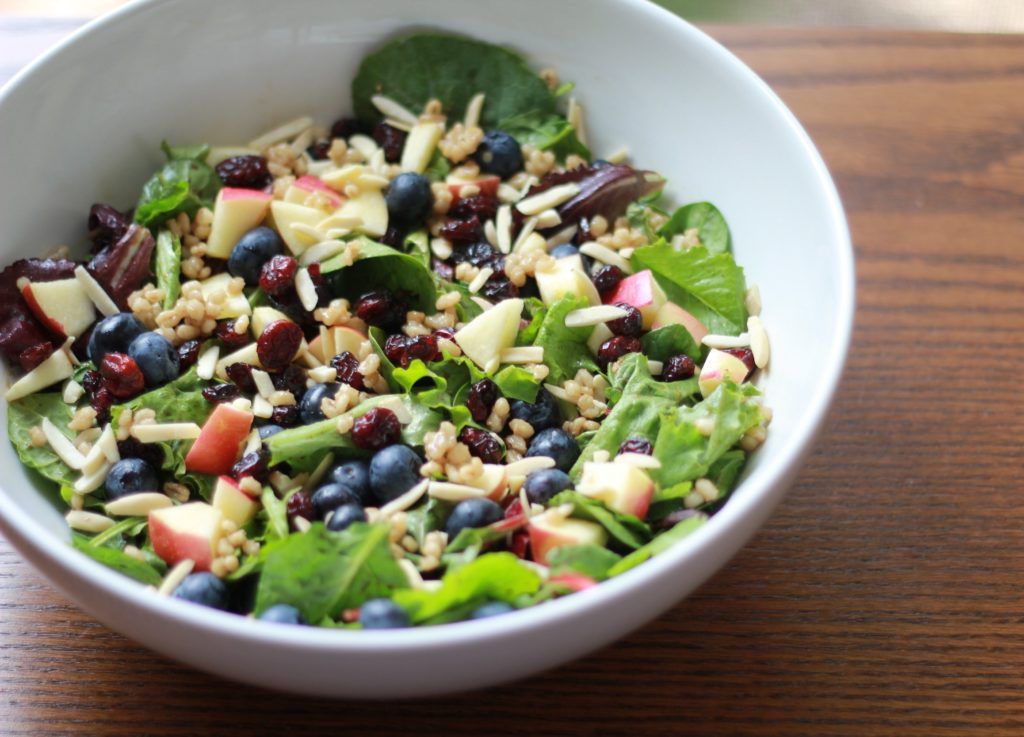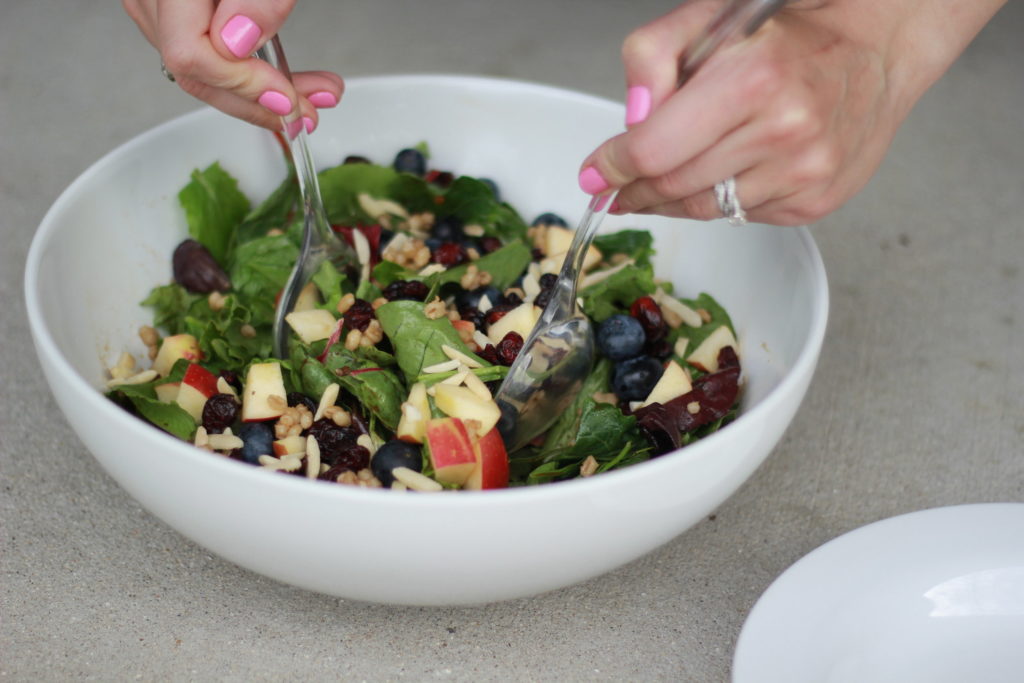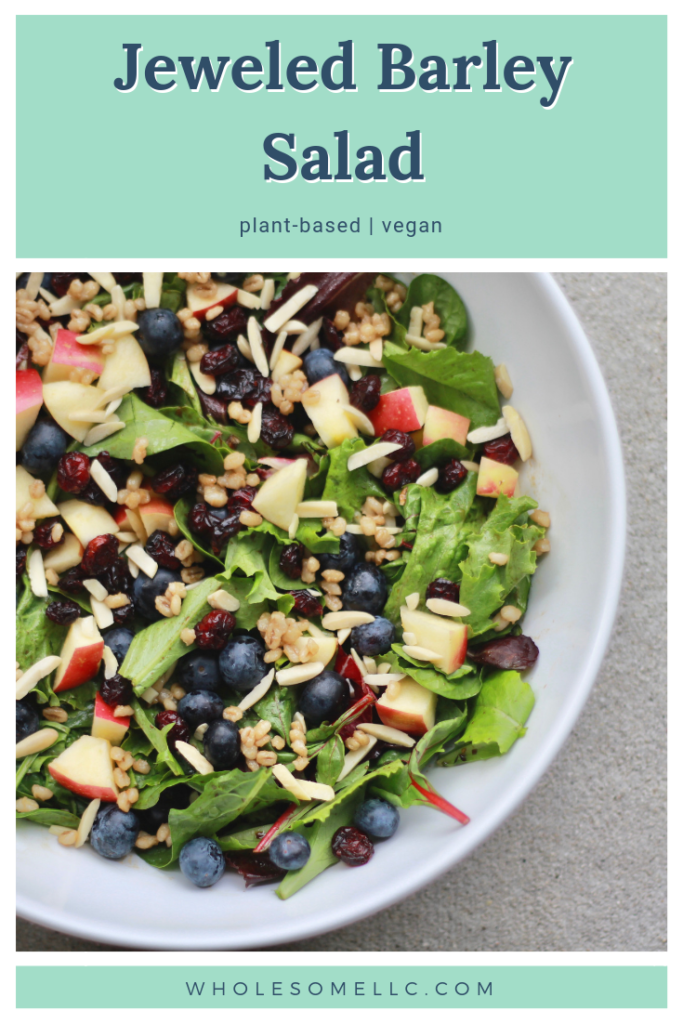Podcast Features
What do you want to learn more about?
Mentorship Program, 1:1 Nutrition Coaching with Alison
The Wholesome Journey - Group Nutrition Coaching Program
June 20, 2019
Alison Tierney, MS, RD, CD, CSO
Alison is a registered dietitian, board-certified in oncology nutrition, and a cancer thriver. Her expertise in oncology nutrition and personal experience with her own cancer diagnosis and its treatment provide her with the unique perspective of being able to relate to her clients on an entirely different level. Her content is consistently focused on evidence-based guidelines and seeks to increase the awareness of the power of nutrition to complement traditional cancer therapies.
- Alison Tierney, MS, RD, CD, CSOhttps://wholesomellc.com/author/alisonwholesomellc-com/
- Alison Tierney, MS, RD, CD, CSOhttps://wholesomellc.com/author/alisonwholesomellc-com/
- Alison Tierney, MS, RD, CD, CSOhttps://wholesomellc.com/author/alisonwholesomellc-com/
- Alison Tierney, MS, RD, CD, CSOhttps://wholesomellc.com/author/alisonwholesomellc-com/
What is considered the healthiest food on the planet?
Dark-leafy green vegetables.
One of the best things you can do increase your lifespan (a high-quality lifespan, might I add) is to eat dark leafy greens every day. (1) This is because dark-leafy greens are associated with the strongest protection against chronic disease (2), and even more so against heart attack (3) and stroke (4).
What about breast cancer and green vegetables? Researchers looked at 50,000 African American women and found that those who consumed two or more servings of vegetables per day had significantly reduced risk of ER-/PR- breast cancer. (5) ER-/PR- (estrogen and progesterone receptor negative) breast cancer is considered one of the hardest to treat.

And which vegetable topped the chart for breast cancer protection? Collard greens.
Which foods are included in “dark-leafy greens”? Just to name a few . . .
- Arugula
- Beet Greens
- Kale (all varieties)
- Mustard Greens
- Spinach
- Swiss Chard
- Romaine Lettuce
To some, incorporating dark-leafy greens regularly is pretty easy. To many, regular consumption is difficult. I would go ahead and bet the most difficult part is trying to find different ways to include dark-leafy greens rather than a distaste for them.

And in the words of a colleague of mine, Betty Halloway, ask yourself “Can I add greens to that?”
I love Betty’s motto — and her recipes — so it only seems appropriate to share one of my favorite recipes from Betty.
If you’ve been looking for a more filling salad to compliment a meal, a salad option for a lighter dinner, or a perfect dish to pass this summer, this salad is just what you’ve been looking for!
Are you ready to commit to increasing your dark-leafy green consumption? If you can, aim for 2 servings (1 cup raw or ½ cup cooked) each day.
Jeweled Barley Salad
Yields: 8 side dish servings, 3-4 entree salads
Inspired & Adapted from: Betty Halloway, Nutriphoria
Ingredients
Barley:
1 cup pearled barley, dry (or, 3 cups cooked)*
3 cups salted water
Dressing:
2 tablespoons extra virgin olive oil (high-quality**)
1 ½ tablespoons balsamic vinegar (high-quality**)
1 teaspoon dijon mustard
1 clove garlic, minced
1 teaspoon agave or honey
Salt and black pepper, to taste
Salad:
⅓ cup slivered almonds
¼ small red onion, finely diced***
½ cup dried craisins or dried cherries
1 cup raspberries, blueberries, sliced strawberries
or ½ cup pomegranate seeds
1 apple such as Gala or Honeycrisp, fined diced
2-3 cups baby spinach or spring mix salad greens
Directions
Bring three cups salted water or broth to a boil. Add one cup dry barley; reduce to simmer, cover and cook for 60 minutes. Drain & cool.
In a small bowl, combine olive oil, balsamic vinegar, mustard, garlic, agave/honey, and salt & pepper (to taste). Mix well.
Pour half of the dressing over the warm barley and let it stand while the rest of barley cools and you prepare the remaining ingredients.
Prepare the onion and fruit. Add the onion, dried fruit, almonds, and apple to the grain mixture. Mix in greens when you are ready to serve. When ready to serve, drizzle the remaining dressing, if desired.
*To save time, you may also use 10-Minute or Instant Barley. You can find something like this at Trader Joe’s.
** We prefer high-quality oils and vinegar from specialty oilery stores, i.e. Oliva Di Vita, Oro Di Oliva, etc.
***To take away the bite of red onion, soak the diced red onion in ice water for 10-15 minutes. Stir 1-2x.
References:
- Tamakoshi A, Tamakoshi K, Lin Y, Yagyu K, Kikuchi S. Healthy lifestyle and preventable death: findings from the Japan Collaborative Cohort (JACC) Study. Prev Med. 2009;48(5):486-92.
- Hung HC, Joshipura KJ, Jiang R, et al. Fruit and vegetable intake and risk of major chronic disease. J Natl Cancer Inst. 2004;96(21):1577-84.
- Joshipura KJ, Hu FB, Mason JE, et al. The effect of fruit and vegetable intake on risk for coronary heart disease. Ann Intern Med. 2001;134(12):1106-14.
- Josiphura KJ, Ascheiro A, Manson JE, et al. Fruit and vegetable intake in relation to risk of ischemic stroke. JAMA. 1999;282(13):1233-9.
- Boggs DA, Palmer JR, Wise LA, et al. Fruit and vegetable intake in relation to risk or breast cancer in the Black Women’s Health Study. Am J Epidemiol. 2010;172(11):1268-79.

What is the Best Vegetable to Fight Breast Cancer?
Wholesome LLC is not a medical practice, and its employees cannot offer medical advice. This website provides educational information but it is not a substitute for medical advice from a licensed medical professional who is familiar with your particular facts and circumstances. The information contained on this website is not intended to diagnose, treat, or cure any disease and shall not be construed as medical advice. The information and education on this website is provided for you to use at your own discretion.
You can further review our disclaimer here.
Wholesome
About Alison
Courses & Programs
The Wholesome Journey
Free Resources
FAQs
Press & Media
Recipes
Blog
Contact Us
Shop
© 2025 Wholesome, LLC All rights reserved.
Privacy Policy
Terms of Use
Disclaimer
Mobile Terms of Service